Tudor Black Bay vs Pelagos: A Dive Watch Face-Off
Among Tudor’s impressive roster of dive watches, two collections stand out for their popularity and distinctive personalities – the vintage-inspired Black Bay and the modern performance-driven Pelagos. They represent divergent interpretations of the ultimate tool watch, each with its own rich heritage.
Origins and History
The first Tudor dive watch, the Oyster Prince Submariner reference 7922, debuted in 1952 as a more affordable alternative to Rolex’s submarine watch. This set the blueprint for Tudor’s future diving instruments, which continued to evolve through models like the ranger-inspired 7924 and the iconic 7928 with signature snowflake hands.
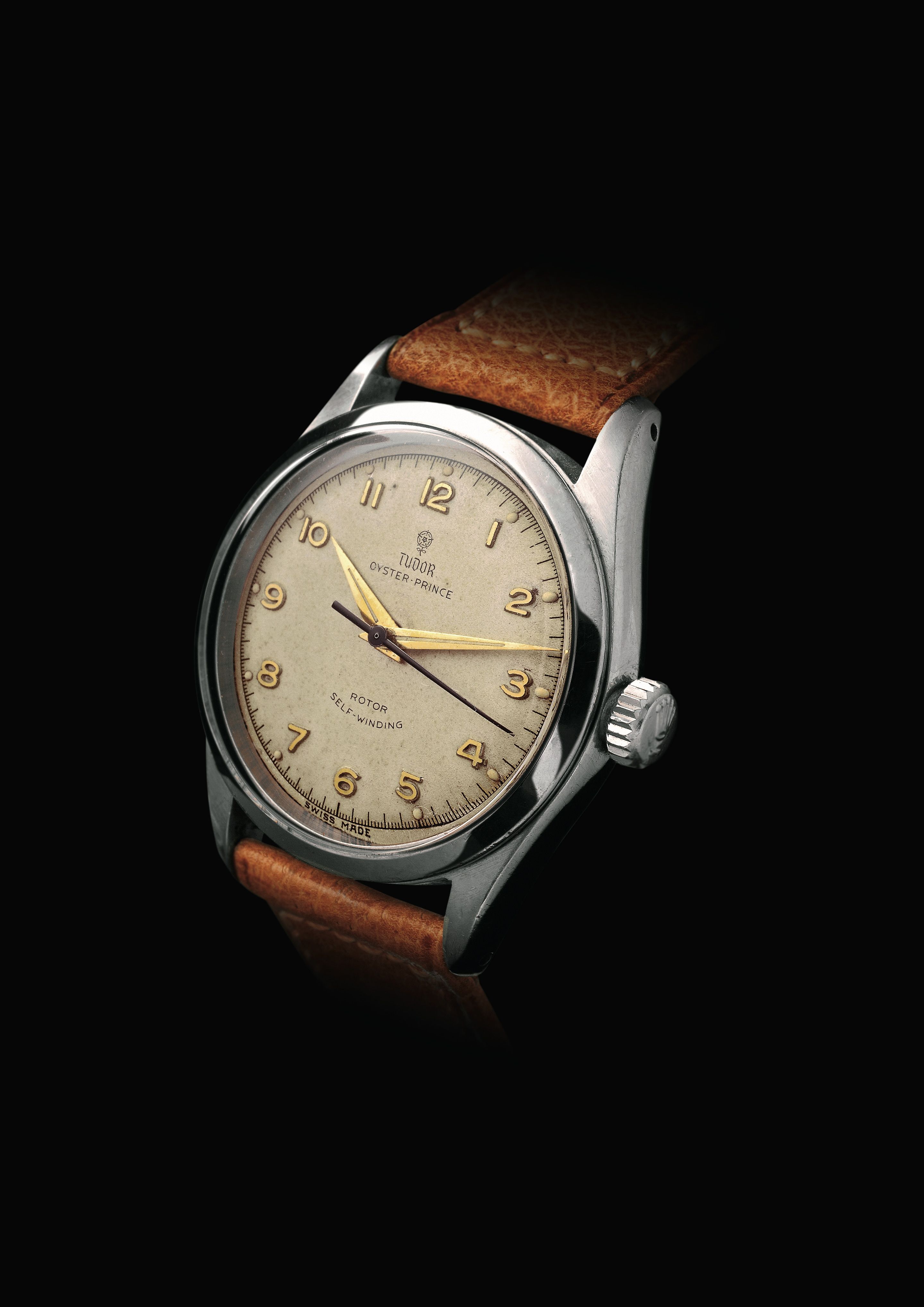
Drawing inspiration from these mid-20th century classics, the Black Bay burst onto the scene in 2012 as a revival of Tudor’s rich diving roots. With its domed dial, gold detailing, engraved bezel, and snowflake hands, the original Black Bay 79220 encapsulated the retro charm of vintage Tudor divers. Its 41mm steel case was powered by a Swiss ETA movement and rated to 200m.

The Pelagos also debuted in 2012 but as an entirely new diver engineered for maximum capabilities. Its angular 42mm titanium case, snowflake hands, and conspicuous helium escape valve gave the Pelagos a decisively functional personality. The in-house MT5612 movement, 500m depth rating, and ceramic bezel marked it as a true modern diving instrument.
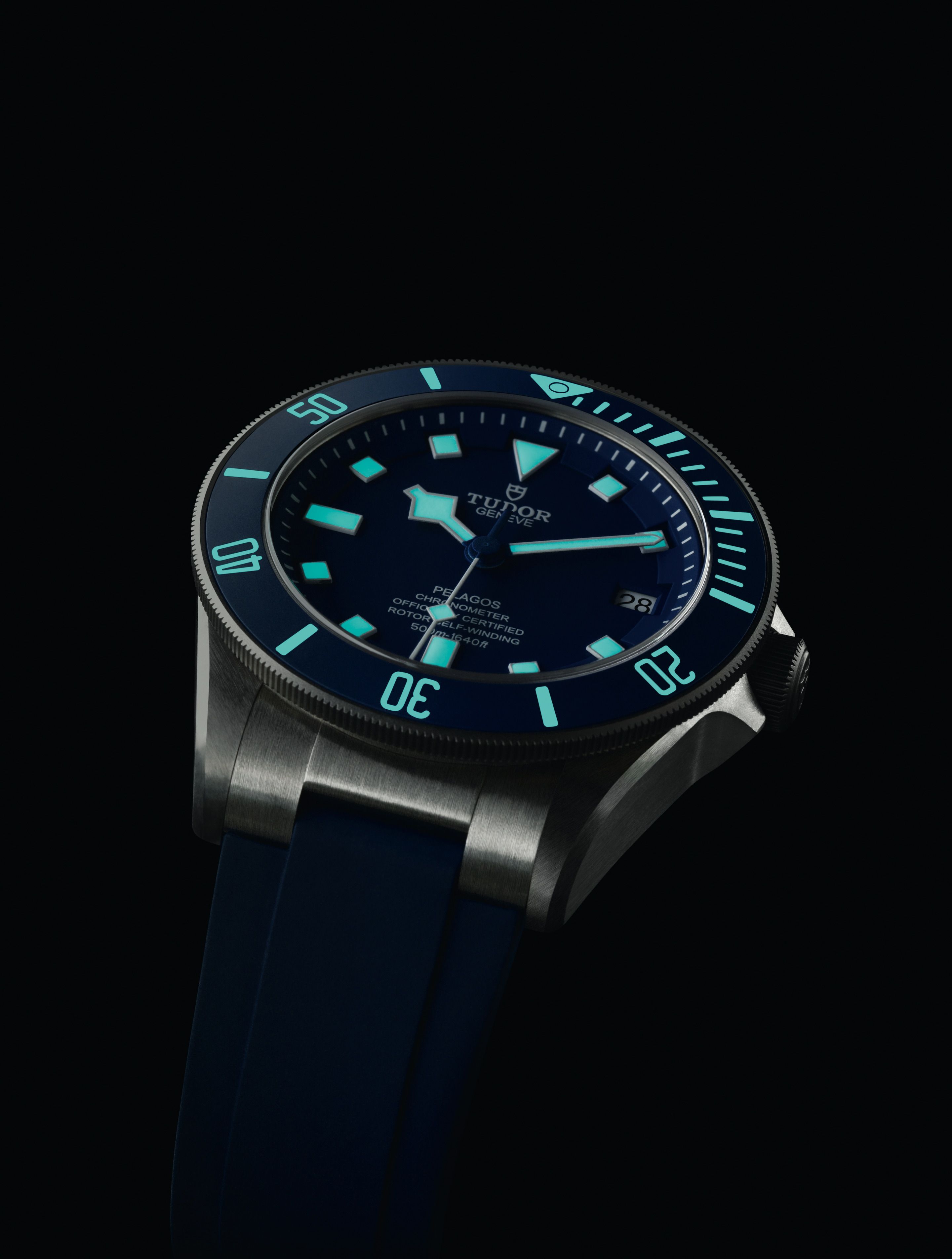
Evolving Collections
While both lines launched in 2012, the years since have seen their collections greatly expand in different directions. The Black Bay branched out into an entire family embracing various facets of Tudor’s past. This includes versions with different case materials (steel, bronze, two-tone), sizes (41mm, 39mm, 36mm, 32mm), and complications (GMT, chronograph).
The Black Bay 58, introduced in 2018, was another retro-inspired model, this time based on Tudor’s 7924 from 1958. It featured vintage styling cues like a 39mm case, domed crystal and bezel, riveted bracelet, and gold “gilt” dial.

In contrast, the Pelagos series has stuck firmly to its minimalist tool watch roots, offering mainly size options rather than stylistic variations. In addition to the original 42mm, there is a 39mm midsize model and the new FXD version with fixed strap bars. A limited edition left-hand model was also introduced.
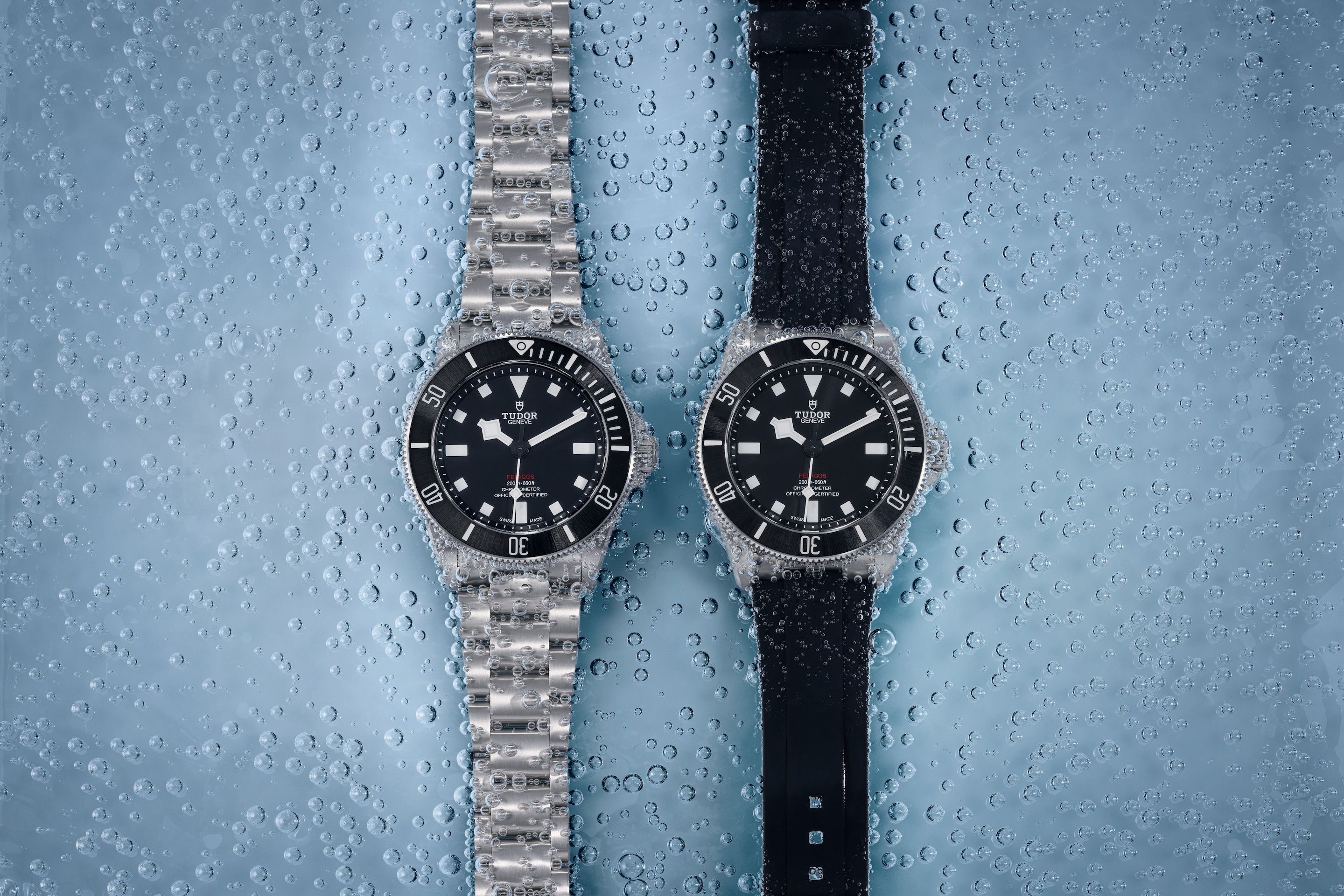
Technical Specifications and Performance
In keeping with the vintage personality of the Black Bay, most models use Tudor’s workhorse MT5402 automatic movement. Some newer chronograph versions have upgraded to the MT5813 manufacture caliber that offer water resistance ranging from 200m to 300m.

The Pelagos is equipped with Tudor’s MT5612 movement featuring a variable inertia balance and silicon hairspring. COSC-certified for precision, this automatic calibre is engineered specifically for diving reliability.
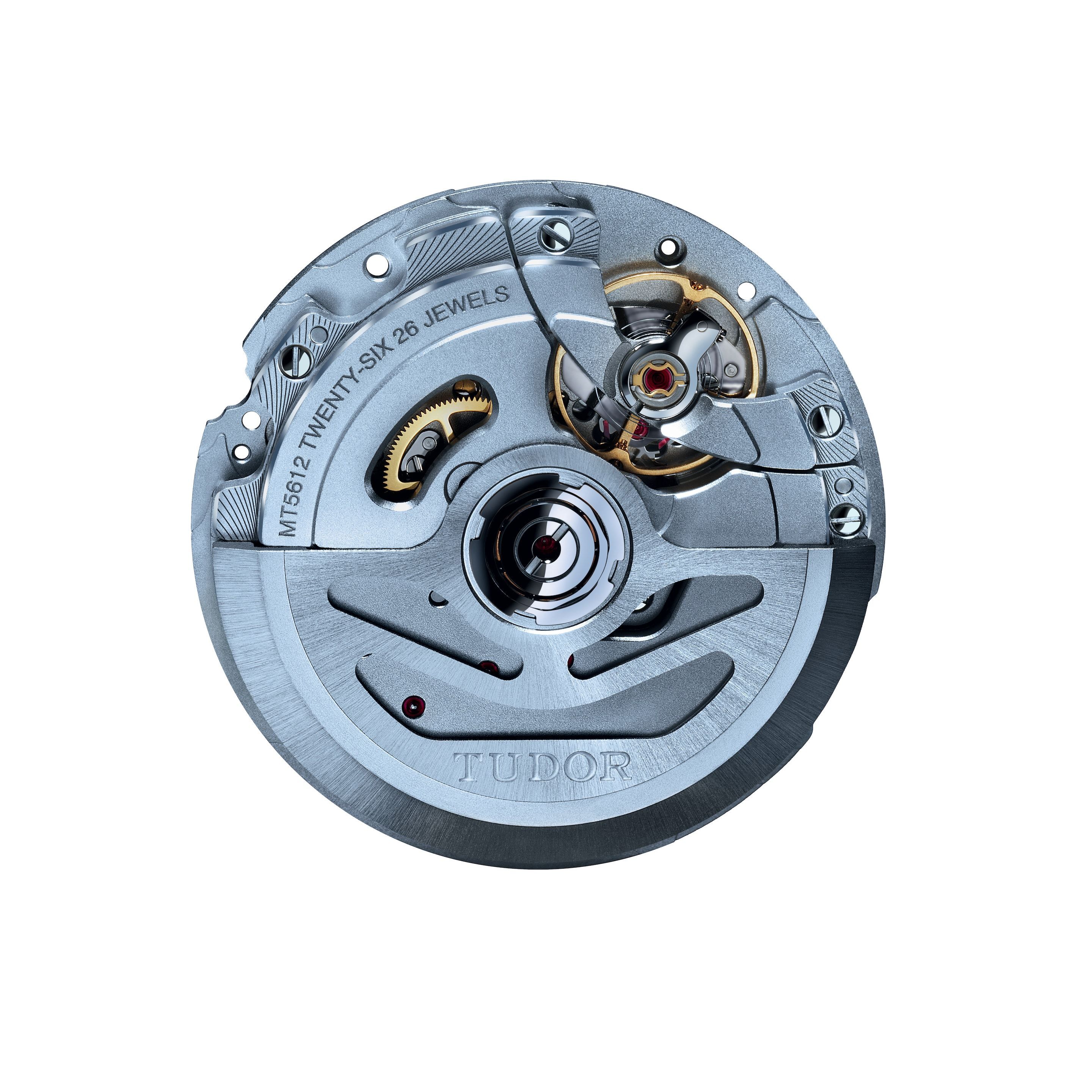
The 500m depth rating, helium escape valve, and titanium case make the Pelagos suitable for intense underwater activity. Other technical advantages include the spring-loaded bracelet clasp and the luminous ceramic bezel which lacks embellishments, enhancing legibility.
Design Philosophy and Aesthetics
With their different inspirations, the design philosophies of the Black Bay and Pelagos diverge as well. The myriad Black Bay models celebrate different eras and aesthetics from Tudor’s past including 1950s rivet bracelets and gilt dials, 1960s rounded cases and bezel inserts, 1970s burgundy and blue bezels, and more.

This variety translates into a handsome but decidedly vintage-flavored style often with domed dials, gold embellishments, engraved bezels, and two-tone color schemes. Even modern materials are given a retro look, as with the Black Bay Bronze model styled after ancient bronze diving helmets.
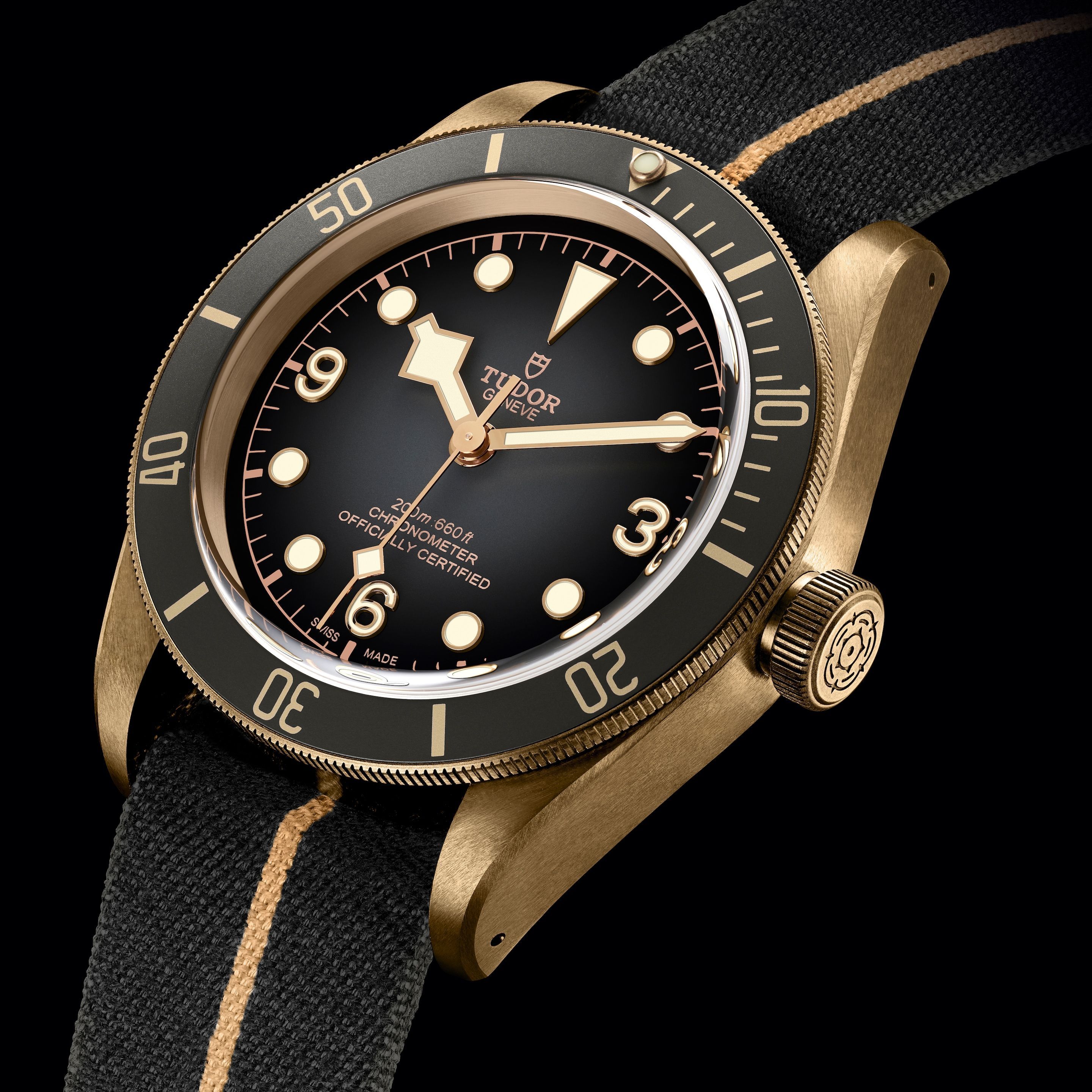
In contrast, the Pelagos is informed first and foremost by utility and performance. Its sleek engineer aesthetic features an angular titanium case, a notched unidirectional bezel, a minimalist dial with rectangular indices, and a rubber strap. Splashes of color are rare, limited to blue and black dials and matching ceramic bezels.
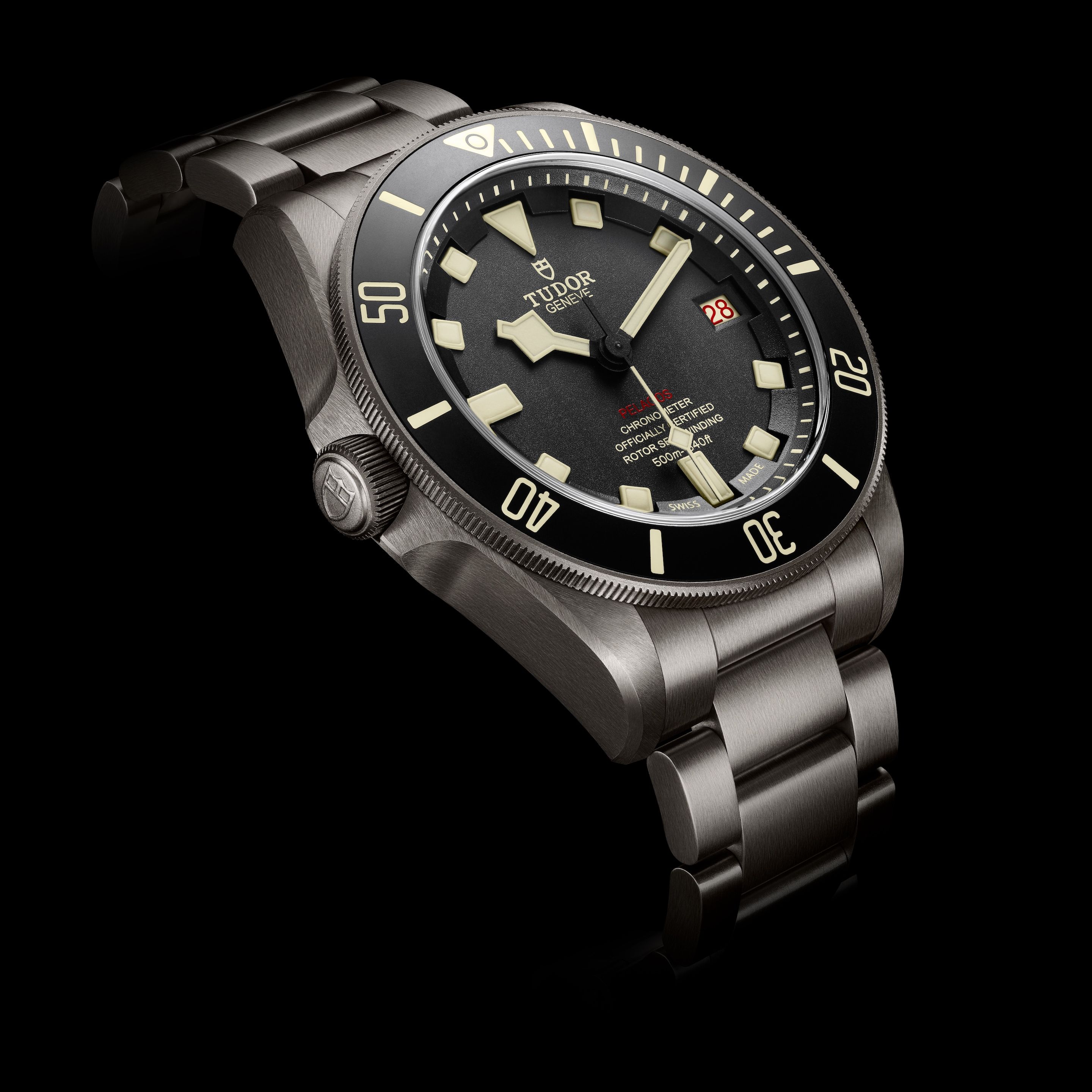
The high-tech matt ceramic bezel and lumed sapphire crystal make the Pelagos incredibly legible underwater. The titanium case and bracelet clasp are both engineered for lightweight durability, reducing fatigue during prolonged dives.
Purpose and Value Proposition
With vintage diving heritage at its core yet also a readiness for leisure, the Black Bay presents a versatile retro-flavored style that transitions effortlessly from diving to daily wear. The Pelagos is focused squarely on delivering pragmatic functionality without compromise, making no concessions to aesthetics for the sake of pure diving performance.
Both families offer tremendous value, with prices ranging from around INR 250,000 to INR 3,80,000 onwards. Tudor’s attention to detail, in-house manufacturing, proven durability, and performance capabilities are present, at costs 30-50% lower than equivalent Rolex divers.
For buyers who favor a modern and robust technical diver, Pelagos is hard to beat. But those enamored with heritage and a dash of vintage flair will be drawn to the Black Bay’s enduring retro elegance. While their designs are philosophically different, the Black Bay and Pelagos epitomize Tudor’s mastery of diving watches.

Although the Black Bay and Pelagos share Tudor’s renowned build quality and capabilities, they differ substantially in design ethos and stylistic execution. The vintage-leaning Black Bay channels Tudor’s mid-century heyday through contemporized models diverse in size, material, and style. The form-follows-function Pelagos pioneers a resolutely modern and high-tech dive watch optimized for undersea utility.
Yet with shared snowflake hands and superb Swiss watchmaking at an accessible price, both the nostalgic Black Bay and cutting-edge Pelagos uphold Tudor’s reputation for exceptional dive watches. For those seeking a top-tier diving instrument rich in heritage or futuristic functionality, these Tudor divers present compelling and complementary options showcasing the brand’s mastery of underwater timekeeping.
No articles found





